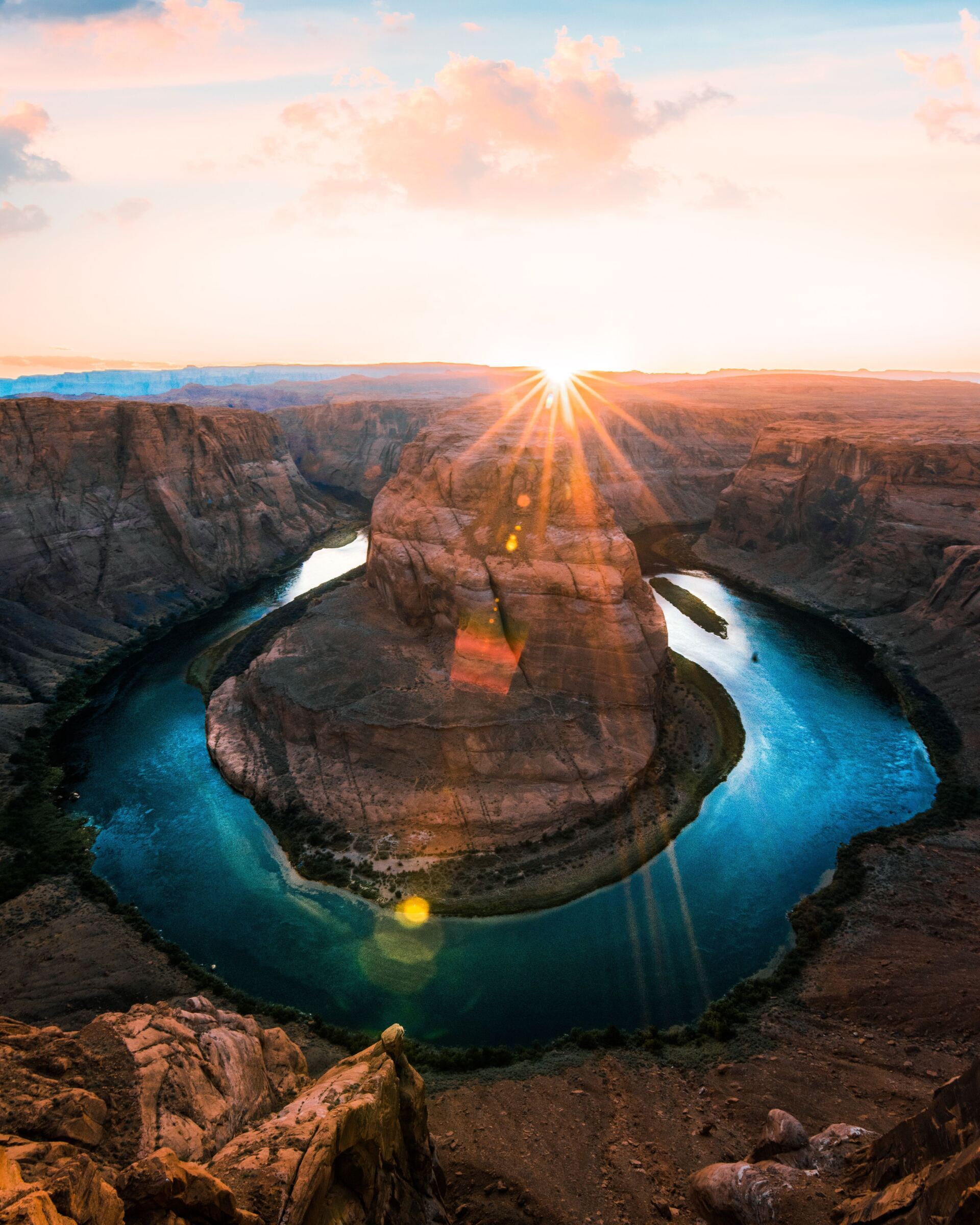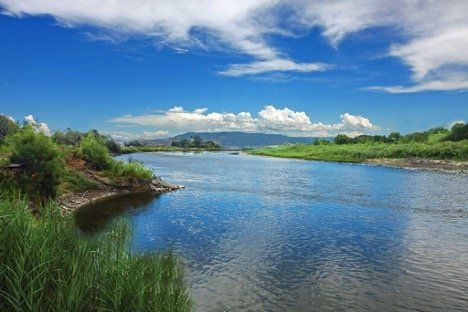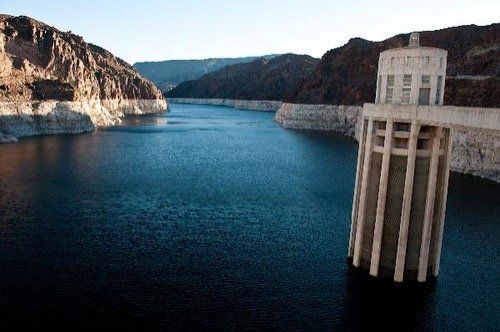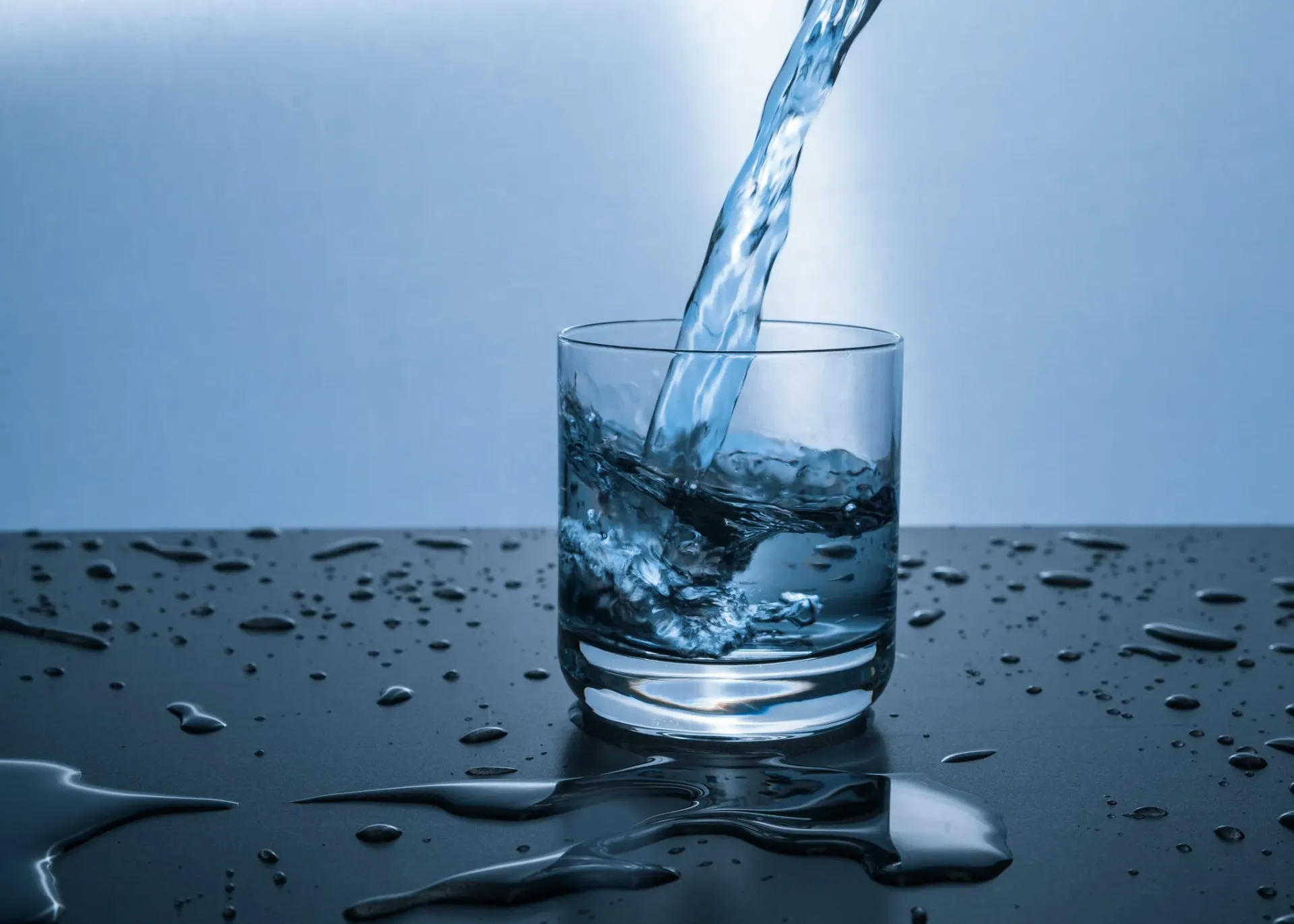COLORADO
BY TITLES, IN CHRONOLOGY

On June 6, 2023, the Nova Kakhovka Dam on the Dnieper (Dnipro) River in Ukraine suddenly ruptured. The rupture resulted in widespread flooding in the Kherson region east of the river as the large reservoir behind the dam emptied out. Initial news reports of the June 6, 2023 event highlighted the strategic reasons why Russia may have damaged the dam. Ukraine’s counteroffensive in the Russia-Ukraine War was expected to include efforts to dislodge Russian troops in the Kherson region east of the river. It is plausible that Russia intended to delay Ukrainian counteroffensive by destroying the road that ran along the top of the dam that spanned the river, and by transforming the Kherson region east of the river and below the dam into mud and muck for a few weeks. Recent reports increasingly confirm that Russia blew up the dam. On June 16, 2023, The New York Times reported that the international group Global Rights Compliance released its findings of an investigation of the cause of the June 6, 2023 rupture of the Nova Kakhovka Dam. According to Global Rights Compliance, “[t]he evidence and analysis of the information available – which includes seismic sensors and discussions with top demolition experts – indicates that there is a high probability the destruction was caused by pre-emplaced explosives positioned at critical points within the dam’s structure “ and that “the finding that the dam was blown up with pre-emplaced explosives by the Russian side is an 80% above determination.” On June 18, 2023, an Associated Press article (published in the Huffington Post) reported “Russia had the means, motive and opportunity to bring down [the Nova Kakhovka Dam] that collapsed earlier this month while under Russian control . . . Images taken from above the Kakhovka Dam show an explosive-laden car atop the structure and two officials said Russian troops were stationed in a crucial area inside the dam where the Ukrainians say the explosion that destroyed it was centered.” Russia’s actions to destroy the Nova Kakhovka Dam have military implications for the Russia-Ukraine War; these actions may also affect the viability of Russia’s claim that under international law Crimea is entitled to continue to receive water deliveries from the Dnieper River via the North Crimean Canal. More to the point, Russia may have just demolished its own claims regarding water supplies for Crimea. RUSSIA’S CLAIMS TO WATER SUPPLY FOR CRIMEA 80% of the water supply for the Crimean Peninsula (“Crimea”) comes from the waters of the Dnieper River (in Ukraine) transported to Crimea through the North Crimean Canal. The North Crimean Canal was constructed during the 1960s when Ukraine and Russia were both republics of the former USSR and when Crimea was part of the Ukrainian republic (rather than part of the Russian republic). After Ukraine became an independent nation in 1991, Ukraine and Russia entered into bilateral treaties in 1997 and 2003 that recognized Crimea as part of Ukraine rather than part of Russia. After Russia seized Crimea from Ukraine in 2014, Ukraine discontinued water deliveries to Crimea by building an earthen and then concrete dam on the North Crimean Canal. Ukraine maintained that discontinuing water delivers to Crimea via the North Crimean Canal was a reasonable and appropriate response to Russia’s unlawful seizure of Crimea. Relying on United Nations Resolutions concerning violations of territorial sovereignty and bilateral treaties with Russia recognizing Crimea as part of Ukraine, Ukraine maintained it did not have an obligation to provide water supply to regions that Russia had illegally taken from Ukraine. As one Ukrainian commentator put it: if you steal my garden, I don’t have to keep watering it for you. Russia countered that Ukraine had an obligation under international water law to continue delivering water to Crimea because post-2014 Crimea should be considered a part of Russia (this new political status, according to Russia, transformed the North Crimean Canal into a cross-border waterway that Ukraine must share with Russia). Russia even filed a claim against Ukraine with the European Union regarding the waters of the North Crimean Canal, which the European Union summarily rejected because it did not recognize Russia’s underlying position that post-2014 Crimea was now part of Russia. When Russia invaded Ukraine in February 2022, one of Russia’s first military actions was to blow up the dam Ukraine had constructed to block flows in the North Crimean Canal to Crimea. As part of its counter-offensive in the Russia-Ukraine War, Ukraine has once again installed impoundments to block water in the North Crimean Canal from reaching Crimea. RELATION OF NOVA KAKHOVKA DAM TO THE NORTH CRIMEAN CANAL As it turns out, from an engineering standpoint, the reservoir behind the Nova Kakhovka Dam is the means by which the waters of the Dnieper River are transported into the North Crimean Canal (for transport to Crimea). The waters in the reservoir are at a higher elevation than the river, so waters in the reservoir can be released and delivered via gravity into the North Crimean Canal. There is currently no other existing infrastructure to divert the waters of the Dnieper River into the canal. By blowing up the Nova Kakhovka Dam Russia has itself caused the emptying of the reservoir behind the dam that serves as the source for water to fill the North Crimean Canal (which Russia asserts Ukraine should continue to operate to transport water to Crimea). Putting aside the question of the viability of Russia’s claim under international law to insist on Ukraine’s continued deliveries of water to Crimea, which seems much in doubt, the new reality is that Russia itself has unilaterally destroyed the essential infrastructure needed for such deliveries of water. Having done so, Russia has now made it presently impossible for such water deliveries to take place. OF WAR AND WATER AND THE IMPOSSIBILITY PRINCIPLE In the context of efforts to delay and resist the Ukrainian counteroffensive, there is perhaps a short-term military logic to Russia’s decision to destroy the Nova Kakhovka Dam. This short-term logic, however, has undermined any claim Russia has or may have had under international law to insist upon Ukraine’s continued delivery of Dnieper River water to Crimea. It is an established principle of international law (often referred to as the principle of impossibility) that one party’s obligation to a second party is relieved when the second party takes actions that destroy the subject matter of first party’s obligation thereby rendering performance by the first party impossible. In the case of the Nova Kakhovka Dam, Russia has militarily destroyed an essential component of the physical infrastructure by which water can be transported from the Dnieper River to Crimea thereby making it impossible for Ukraine to make such deliveries. Russia cannot credibly insist on Ukraine’s ongoing obligation to deliver water to Crimea now that Russia itself has blown up the dam and drained the reservoir that supplies the North Crimean Canal. * Paul Stanton Kibel is a professor of water law and international law at Golden Gate University School of Law, serves on the Executive Council of the International Association for Water Law (AIDA) and is of counsel to the Water and Power Law Group. Ph.D. in Law Candidate, University of Manchester International Law Centre (England); LL.M. University of California at Berkeley School of Law; B.A. Colgate University (New York).

Environmental problems–such as water resource depletion–are surfacing faster than ever before. Marijuana is a water-intensive crop that will require built-in water sustainability practices to avoid scrutiny as water shortage in the West becomes increasingly dire. Water scarcity is an increasing problem, and the State of Colorado is not immune. It is no secret that in every sector, global sustainability, including water reduction, is of increasing importance. We are likely not far from intense federal, state, and municipal sustainability requirements for every industry. The Problem: Rapid Growth of the Cannabis Industry and Lack of Water Regulation The marijuana industry is rapidly growing and evolving. Although marijuana is still federally illegal, the prohibition is quickly diminishing. Today, the recreational use of marijuana is legal in eighteen states with medical use is legal in thirty-seven states. After passing Amendment 64 in 2012, legalizing marijuana use at the state level, Colorado quickly became a pioneer in the navigation of all things cannabis. However, Colorado’s original marijuana rules and regulations were silent concerning water rights, permits, and regulations. Unfortunately, the growth of the marijuana industry has a high potential for a large water footprint. Cannabis cultivation (as with other agricultural productions) creates harmful agricultural runoff , and indoor cannabis cultivation places more pressure on the existing wastewater treatments of municipalities. Thus, there is an increasing need for management and regulation of the water consumption used for marijuana cultivation. Legal doctrines and administrative agencies need to step up to the plate to balance the relationship between water and marijuana legalization. The development of an environmentally sustainable cannabis industry is reliant on the creation of new water use regulations and policies. While the push for regulation of the marijuana industry’s water use is stronger than ever before, the application of current state water laws to the marijuana industry presents numerous complications. For example, Colorado uses the prior appropriation doctrine to allocate water rights, which creates issues when faced with regulating marijuana cultivation. In Colorado, most of the water for marijuana cultivation comes from existing water rights, with many cultivators leasing water rights from an existing right holder. Under the prior appropriation system, water rights are allocated by priority of beneficial use, and the federal marijuana prohibition complicates the determination of whether a water use for marijuana cultivation constitutes beneficial use. Currently, due to marijuana’s status at the federal level, many cannabis cultivators are not authorized to use major water networks, which forces cultivators to use less sustainable irrigation methods. However, this issue could be mitigated if the cannabis industry has access to these water networks, instead of having to rely on groundwater resources. Further, since the majority of marijuana cultivation in Colorado takes place indoors, there is an increased demand on municipal water. This presents problems of downstream water availability and has harmful watershed impacts. States like Colorado need to clarify and enforce water laws in the marijuana industry before opponents of state marijuana legalization begin to use these issues to their advantage. In order for the marijuana industry to continue to thrive, the ambiguities regarding the relationship of water law doctrines and marijuana laws must be resolved. It is necessary for states supporting marijuana legalization to create a regulatory framework that promotes water equitability and sustainability. The demands of marijuana cultivation are unique, and states must find a solution before cultivators return to the black market. The return of marijuana cultivators to the black market poses an even greater environmental cost because of the complete lack of regulation. Thus, it is important for these states, and specifically their regulatory agencies, to find a balance between water and marijuana cultivation in order to avoid both an enforcement and environmental crisis. The Efforts to Find a Solution Fortunately, it appears Colorado has started taking steps in the right direction. For example, the Code of Colorado Regulations authorizes the use of reclaimed water for the cultivation of regulated marijuana, as long as the use follows the Reclaimed Water Control Regulations and is approved by the state and local water provider. Additionally, the Colorado department of Public Health and Environment (“ CDPHE ”) supports researching ways for the cannabis industry to reduce its harmful environmental impacts. The CDPHE believes there is potential for the industry to be an eco-friendly industry that will continue to grow for generations to come. The CDPHE website provides a link to the New Environmental Sustainability Report from the National Cannabis Industry Association (“ NCIA ”). Thus, it is clear that Colorado recognizes the need for sustainability and compatibility with environmental regulations within the cannabis industry. In October of 2020, the NCIA’s environmental committee produced a technical report (“ Report ") covering the relationship between the cannabis industry and its environmental impacts. The Report focuses on best management practices for environmental sustainability in the cannabis industry and provides information about environmental policy. The NCIA believes the cannabis industry has the potential to become a leader in environmental sustainability. The NCIA suggests that one of the main focuses of the cannabis industry should be decreasing water usage. The NCIA states, “[i]ndustry best practices for water use are intended to continuously look for opportunities to reduce water needs while minimizing impacts to local water quality.” The Report includes a thorough analysis of each of the best management practices suggested by the NCIA, which includes, but is not limited to, the improvement of irrigation techniques, the use of water reservoirs, and the proper use of fertilizer. The State is not alone in abating the harmful environmental impacts created by the cannabis industry. In October of 2020, the Denver Environmental Health Cannabis Sustainability Work Group created the Cannabis Environmental Best Management Practices Guide (“ Guide ”), which provides guidance to the local cannabis industry for implementing sustainable practices. The third section of the Guide focuses on water sustainability practices, specifically acknowledging how to manage the input and output of water when cultivating marijuana. The Guide recognizes water as the key component of any successful marijuana cultivation system. Within the City of Denver and other surrounding areas, the water resources for indoor marijuana cultivation come from the municipal water distribution system. Although these issues are not specific to the cannabis industry alone, consumptive water use and water quality are typical concerns for indoor cannabis cultivation. To address these problems, the Guide suggests proactive operational efficiency and monitoring practices. There are many benefits that come hand-in-hand with the integration of such technologies and suitable practices. For example, water-use efficiency measures have the potential to create cost benefits and decrease consumable use. Water-use efficiency techniques can also help to abate the water availability problem of municipalities in Colorado. If cultivators practice wastewater management, there is a high potential for a decrease in the current watershed impacts. The Guide also provides environmentally friendly suggestions for how to improve multiple aspects of water use during cultivation. These “best practices” include water filtration and purification, irrigation methods and automation, water recycling, and more. Water filtration leads to low levels of waste. The “drip” irrigation method is also highly efficient at reducing water waste as it allows cultivators to provide each plant with precise amounts of water. Another option for decreasing water usage is for cultivation operations to implement methods for water-recycling. The Guide states that “[v]irtually all excess water runoff and water vapor can be captured and delivered back to the beginning of the watering process,” and encourages cultivation facilities to avoid single uses of water. Water-recycling can provide cultivators with a large amount of the water necessary for future watering cycles, thereby promoting water conservation. A Proposed Solution: The Push for More Regulation The cannabis industry presents numerous public policy benefits, and there is ample support for expanding the marijuana industry, especially in Colorado. However, the amount of water resources used to support marijuana cultivation casts a negative light on the industry. To prevent opponents of marijuana legalization from using the industry’s water footprint as fodder to continue the federal marijuana prohibition, it is important for the regulated cannabis industry to find a way to reduce water use through best management technologies. Although the CDPHE, NCIA, and the Cannabis Sustainability Work Group have started to work through this pressing issue, the regulated cannabis market has much more potential to promote multiple environmental protections. Instead of simply providing suggested guidelines to cultivators, state and local agencies need to adopt enforceable regulations for cannabis cultivators’ water use. Cultivators should be required to show the methods implemented to decrease water usage, especially considering the potential water conservation that accompanies reclamation and recycling. In an already heavily regulated industry, it is important for state and local agencies to initiate regulation of not only the products being sold to the public, but also the processes that are used to produce these products. Another solution to abate the problem could be the use of permits to grant cultivators access to major water networks, thereby eliminating the need to rely on groundwater or municipal water resources. A cap on the amount of water granted to the cultivators would allow state and local agencies to control the total water use of the industry. Not only will more regulation help to conserve the arguably most important resource on our planet–water–but cannabis companies that elect to use environmentally sustainable practices are likely to be more successful in the long-term. The NCIA could not have said it better: “This fast-growing and highly regulated industry (at the state level) is poised to lead on evolving business challenges, including the adoption of environmentally sound business practices that demonstrate to the broader agriculture sector that comprehensive environmental sustainability is achievable.”





